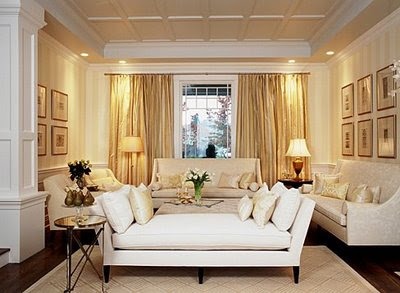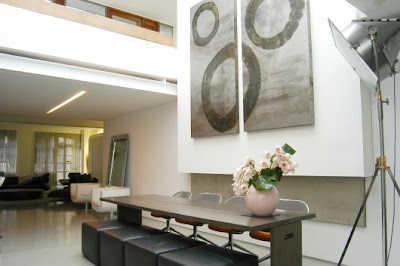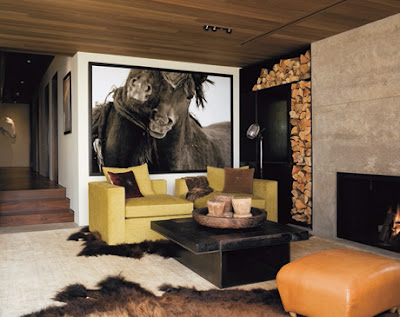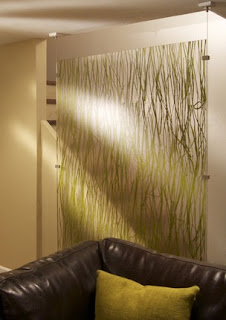Did you know that your kitchen is one of the biggest resource hogs in your house. You use electricity and gas for your appliances. You use water in your sink and dish washer. Your fridge is stocked with foods grown and transported from all over the world that require chemicals, water and fuel to be produced and transported. And then there's the non-recyclable packaging that goes straight to a landfill. Here is a list of things you can do to lower your environmental impact and live in a healthier home.
1. Use energy-saving appliances. Reduce your power and water usage and your greenhouse gas production by using Energy Star appliances. They save as much as 50% of your energy and water use, and can cut your carbon footprint by 1000+ pounds, compared to standard appliances. Replace one at a time unless you're doing a remodel. Many utility companies give rebates for old refrigerators.
2. Use energy efficient lighting. Compact fluorescent lights use 1/4 the energy and last up to 10 times as long as standard bulbs. And they come in versions that are dimmable and work with any light type you can think of. Each incandescent bulb you replace will save up to $10 and 100 pounds of carbon dioxide per year and last far longer, reducing your maintenance costs. Long-term, LED may be a better option. See prior blogs on the details for selecting LED's.
3. Recycle and Re-use. Can you rinse that ziplock and use it again? Can you reuse the containers you got from take-out? Let the checker know you don't want a plastic bag for groceries. Bring a tote, some reusable sack, or those bags you still have! Try a stainless water bottle and filter pitcher so you don't have so many plastic bottles. I love glass containers since they store and wash beautifully. Plastic wrap is OUT of my kitchen.
4. Eat Organic, Eat Local. Not only is eating organic healthy for you and your family, but it keeps chemicals from running off into our oceans and rivers from non-organic farms. The cost today is nearly the same as non-organic but the benefits to you and to the earth are significantly more. Eating food sourced locally means tons of carbon dioxide are not released into the atmosphere in the process of transporting food to you. You can find a farmer's market near you to get delicious, organic, locally-grown foods!
5. Get green cleaners. Each time you spray a standard cleaner on your counter you breathe in a fine mist of harmful chemicals. Use non-toxic, organic dish soap, detergent and cleaners to protect yourself and your family. Read the labels, buy in bulk to make refills easy, and consider making your own!
6. Compost. Don't throw out those coffee grounds and banana peels-- save landfill space and make your own rich potting soil using a composter. It's easy! And there's even a model that works right in your kitchen. We like Amazon.com since they have selections from many manufacturers and the prices are reasonable.
7. Only run your dishwasher when you have a full load. It takes the same amount of energy to run a full or a half load-- so wait another day and fill up that machine. Also, remember that washing dishes or pots by hand takes more water than doing them in the washer-- so go ahead and put them in the machine. When you're loading don't run the water to rinse!
 Wall coverings have undergone a revolution.
Wall coverings have undergone a revolution. 




















































